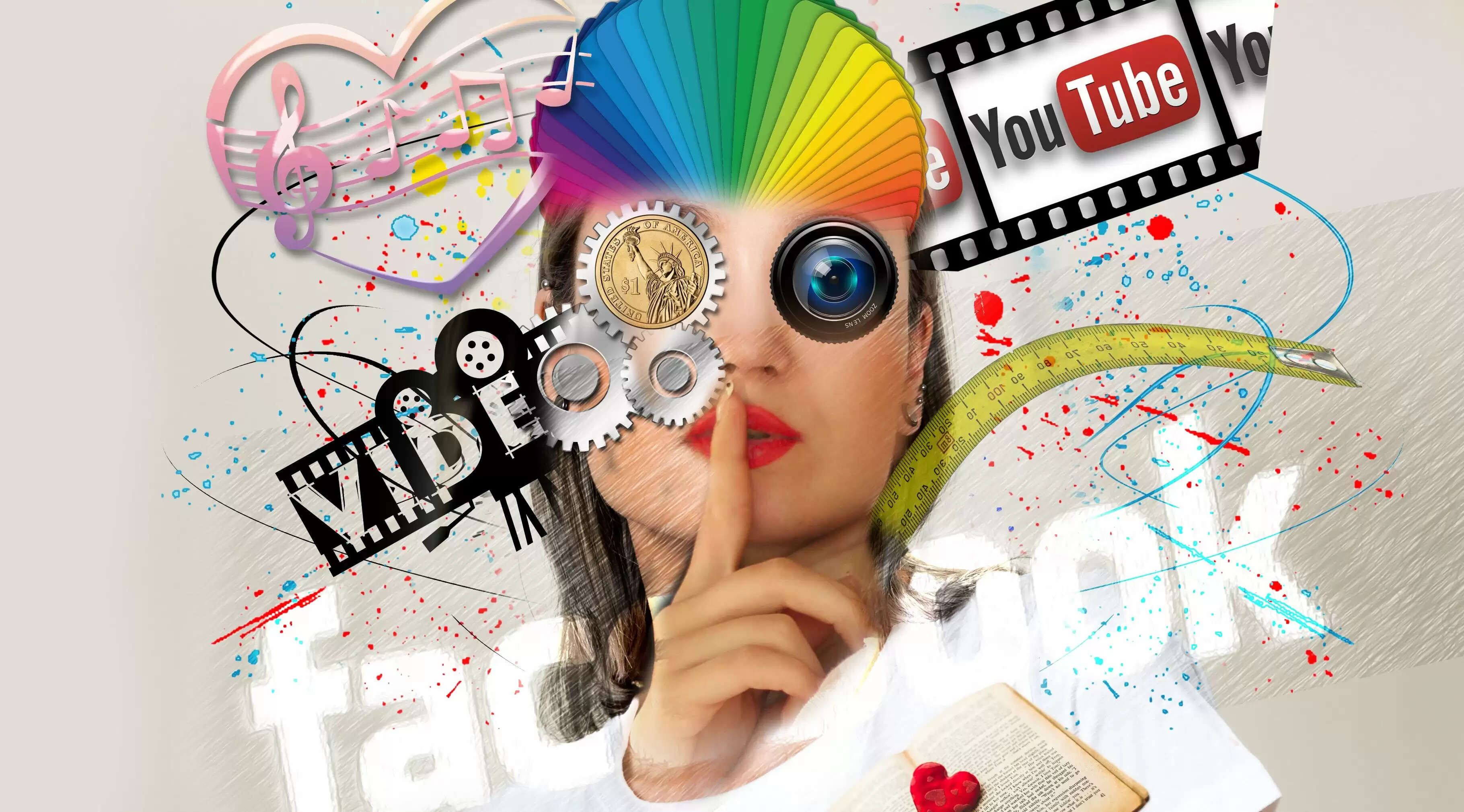Virtual Influencers: When The Next Big Star Isn’t Even Human

Imagine scrolling through Instagram and seeing a beautiful influencer promoting a new fashion brand or skincare product. They post photos, share stories, and even interact with followers in the comments. Everything seems normal — until you find out that this person isn’t real.
Welcome to the world of virtual influencers — computer-generated (CGI) personalities who are taking over social media and changing how brands connect with audiences.
What Are Virtual Influencers?
Virtual influencers are digital characters created using 3D design and artificial intelligence. They look and act like real people but exist only online. These digital personalities have names, styles, and personalities just like human influencers. Some of them even “travel,” “attend events,” and “collaborate” with real celebrities — all through carefully designed visuals and storytelling.
One of the most famous examples is Lil Miquela, a virtual influencer from Los Angeles with over a million Instagram followers. She posts about fashion, music, and social causes and has worked with big brands like Prada and Calvin Klein. Another popular example is Imma, a Japanese virtual model known for her pink hair and futuristic style.
These virtual stars are not just fun experiments — they are now powerful marketing tools.
Why Are Brands Using Virtual Influencers?
For brands, virtual influencers offer something that human influencers can’t always guarantee: complete control. A virtual influencer doesn’t get tired, doesn’t age, and doesn’t get caught in controversies. Their looks, behavior, and opinions can be carefully managed to match the brand’s image.
They can appear in any location or outfit instantly, making photoshoots faster and cheaper. Plus, AI-generated influencers can speak multiple languages and connect with global audiences. For companies, this means consistent content and wider reach without the risks of managing real personalities.
The Technology Behind the Trend
Creating a virtual influencer isn’t simple — it’s a mix of art, technology, and storytelling. 3D artists design the model, AI systems help generate emotions and text, and social media teams manage the posts.
In some cases, advanced AI allows these influencers to “talk” to fans in real time using chatbots. This makes them seem even more human. The line between digital and real life is becoming so thin that many followers forget they’re interacting with a virtual being.
The New Face of Digital Marketing
Virtual influencers are changing how we see fame and authenticity. Many young followers know these characters aren’t real — and they don’t mind. What matters to them is creativity, style, and engagement.
For brands, this opens up new opportunities. They can test campaigns safely, create futuristic brand stories, and attract tech-savvy audiences. As a result, virtual influencers are becoming common in industries like fashion, beauty, gaming, and entertainment.
The Debate: Real vs. Virtual
Of course, not everyone is convinced. Some people argue that virtual influencers make social media feel even more fake, promoting unrealistic beauty standards and lifestyles. Others worry that replacing humans with digital creations could take away real opportunities for creators and models.
However, supporters believe that virtual influencers represent the future — a new form of digital art that combines technology, storytelling, and creativity. As long as they’re used ethically and transparently, they can coexist with real influencers and add something unique to the online world.
The Future of Influence
Virtual influencers are just the beginning. In the near future, we might see fully AI-powered digital celebrities who sing, act, and host live shows — all without being real people. They’ll star in movies, promote brands, and even create content designed by AI.
The idea may sound strange today, but it’s becoming reality faster than we think. The next big star on your feed might not have a heartbeat — just a strong algorithm and a great sense of style.
.jpg)
